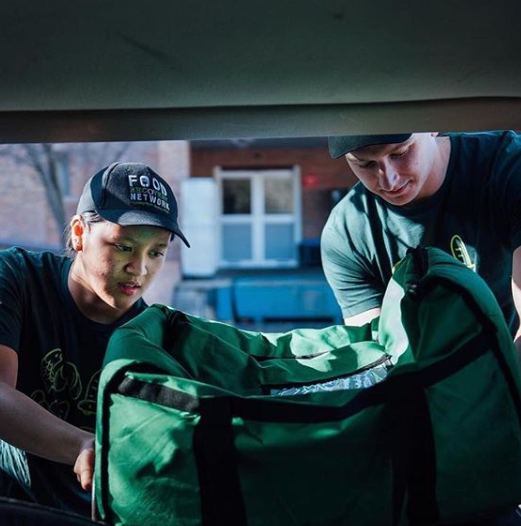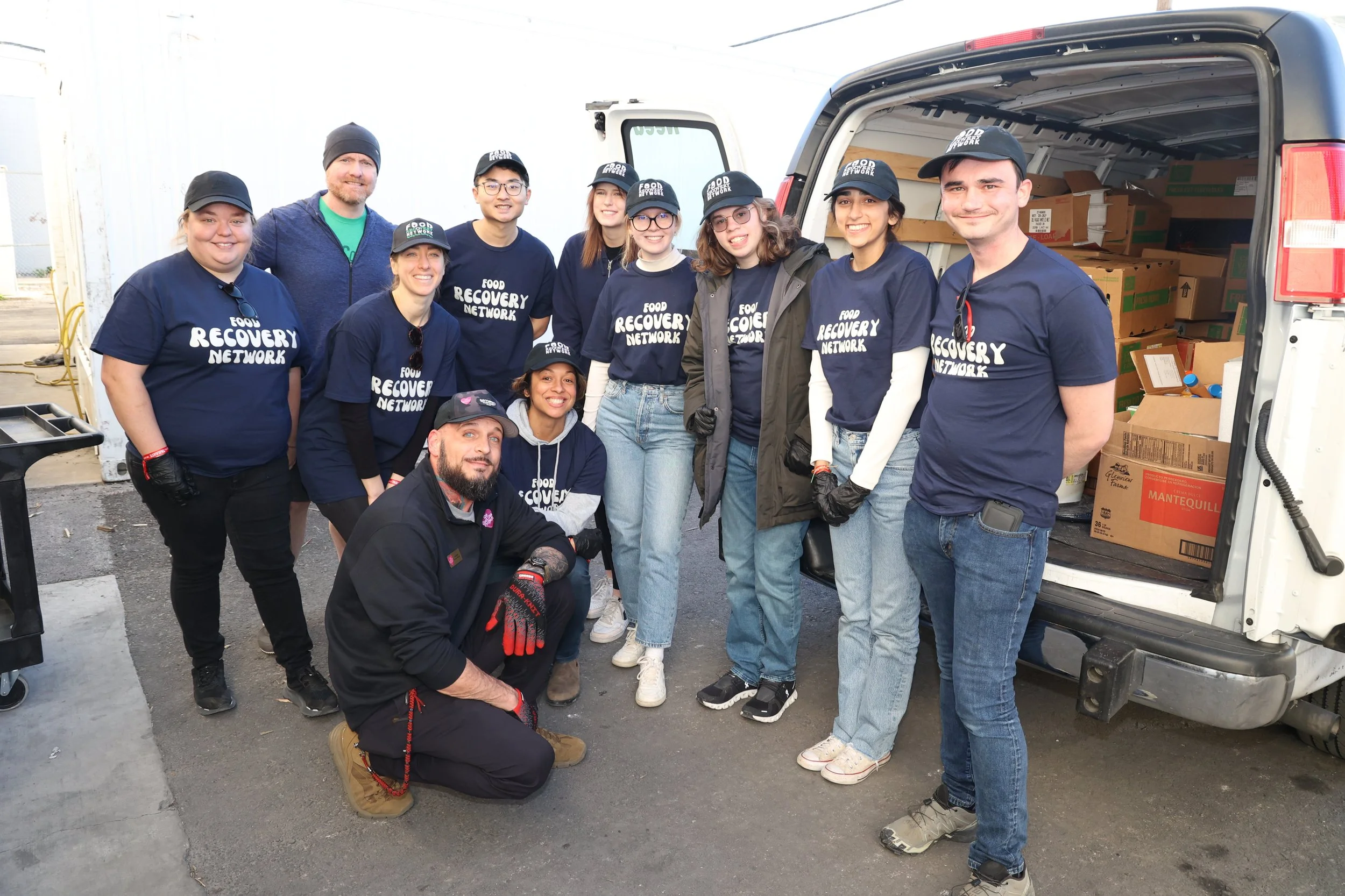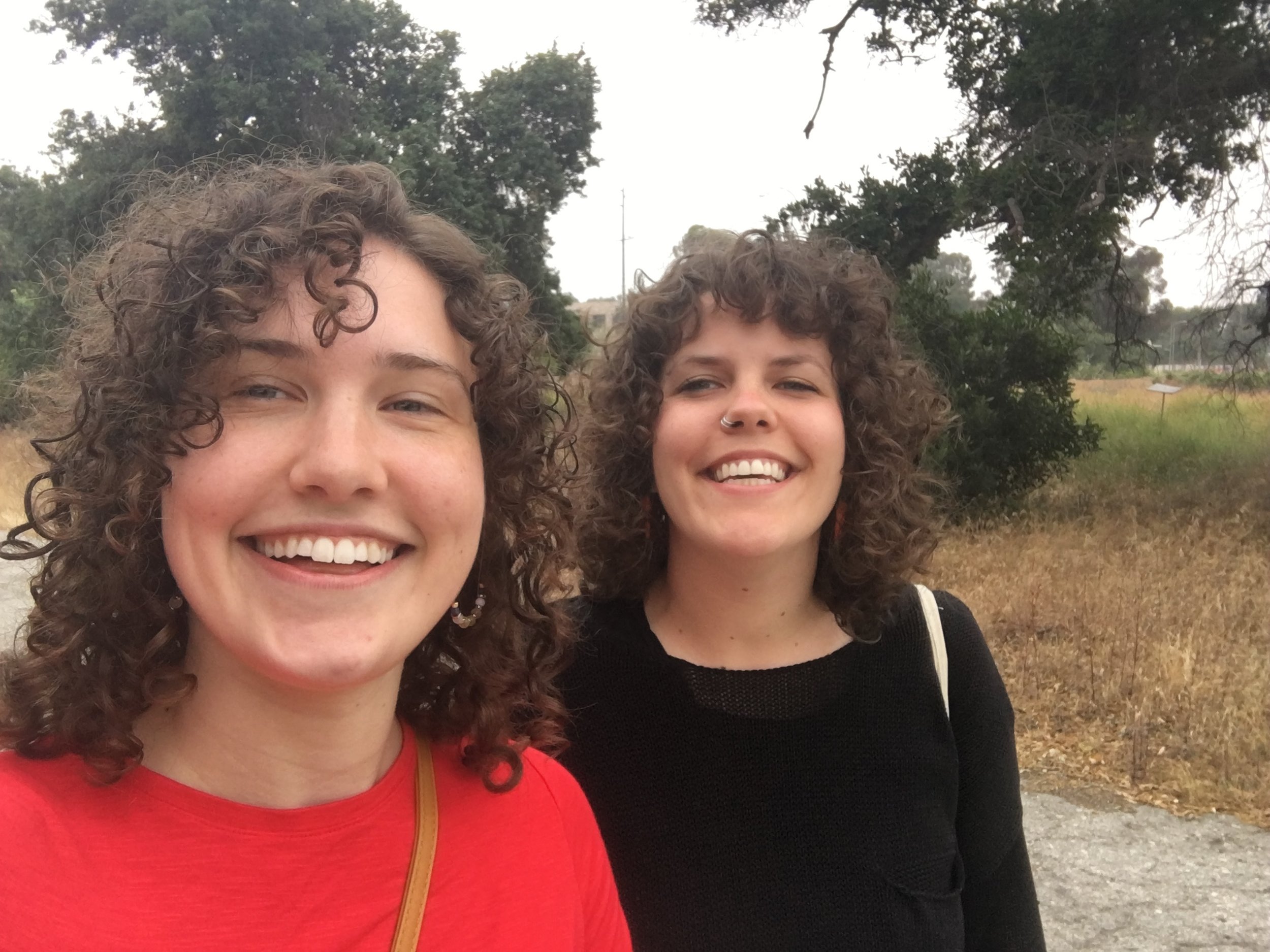School’s out for summer, but that doesn’t mean the food waste reduction has to stop! Surplus food apps have blown up recently, and we want to share some of the best ones on the market with you. Technology for reducing food waste seems very promising at the moment, from innovations like commercial waste-tracking systems such as Winnow to fridge accessories that tell you when your food is going bad. But, the following (free) smartphone apps really put the power of reducing food waste in your hands and can save you a bunch of money too. The specific idea for each app varies within the larger genre, from alerting you of reduced pricing of local supermarket food that’s nearing its sell-by date, to cheaper restaurant meals near you, to food sharing and swapping opportunities with your neighbors.
Eco-friendly and budget-friendly
Food For All - “Great food should be tasted, not wasted.”
Food For All is an app that shows you restaurant and cafe food in your area that is at least 50% below the usual price. It’s half the price because the meals on the app are surplus food that these businesses are unlikely to sell before closing, which would usually result in them throwing out those wasted meals. This is a great solution for the business, the consumer, and the environment, since the seller can still get revenue, you save money on tasty food, and less perfectly good food goes in the garbage. You can simply choose your meal, pay through the app and then pick it up in the given time-window, which is usually within an hour before the food business closes. Their mission is to increase access to quality, convenient food and reduce the negative impacts of food waste on our planet. They are currently making this mission are reality in Boston and New York City.
OLIO - “The food sharing revolution.”
OLIO, a FRNd of Food Recovery Network, is a “hyperlocal” food-sharing app that connects neighbors so they can swap and share their unwanted or excess food, therefore reducing waste and strengthening community. You simply scroll through the photo listings of FREE (yes, everything is free) food in you area and then arrange your pickup via direct message. OLIO also has an initiative for businesses called “Food Waste Heroes Programme”, through which volunteers collect surplus food from restaurants, for example, and post them on the app to add to the local pool of products available. The app is being used by over a million people in 49 different countries so far, including the United States.
YourLocal - “Save Money. Save Food. Save our Planet.”
YourLocal partners with neighborhood stores and restaurants so that you can get their surplus food for up to 70% off. Again, you choose your items, pay via the app, and then pick up during the time-window they specify. The app focuses on supporting the local economy as well as helping the environment, and you can even earn Impact Coins that add up to free meals by referring friends to YourLocal. The app has taken off in Denmark, where it originated, but they are also operating in New York City and are working on expanding further.
Flashfood - “The conscious way of grocery shopping”
Flashfood is a supermarket food app that displays products nearing their sell-by date/with low shelf life, saving you up to 50% off groceries and sparing you the time it takes to search for bargains yourself. You can pay on the app and then collect your items from the Flashfood stand in the supermarket. Flashfood’s stands are primarily in Canada, but lucky customers around Madison, Wisconsin can utilise the service too.
GoMkt - “Eat your conscience :)”
GoMkt is another app that connects consumers with area restaurants, cafes, and coffee shops with the aim of promoting local businesses, providing more affordable food, and protecting the environment. By shopping through GoMkt, you can get push notifications when there’s surplus food near you, purchase it in-app and save up to 75% off the original price. It recently launched in New York City, and we look forward to seeing it in other locations in the future.
Gebni - “Smart Food Delivery”
Gebni is a price-conscious, waste-conscious food delivery app that uses “smart pricing” to get you cheaper takeouts during times of lower demand for that meal. Using their algorithm, they can boost off-peak business and reduce the amount of food thrown out by restaurants all while saving you money. You can use their in-app chat feature if you have any questions, order days in advance to make sure you get that meal deal you have your eye on, purchase within the app, and have the food delivered or ready for pickup. They’re currently partnered with lots of restaurants, including big names like Bareburger and Al Horno, in New York City.
Download and Dig In
We’ve covered the six most popular apps in the US, but there’s so much food waste reduction going on internationally as well. This genre of app is particularly popular in Europe (other examples include Too Good to Go, Karma, and Savery) so, if you happen to travel abroad this summer, be sure to check out what local food you can rescue there too. We, at FRN, are so excited about anti-waste technology; we look forward to a day when food recovery is the norm and our meals are all as affordable, convenient, community-driven, and sustainable as these creative apps are trying to make it. Now you know these apps are out there, try browsing in your area next time you’re hungry - remember, although the availability of these new tools is great, the food will still be wasted unless people actually go and get it!



















